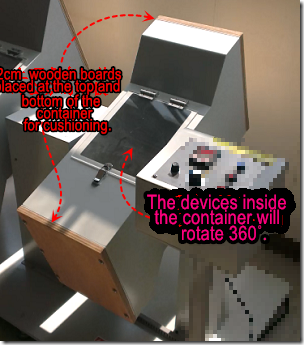
A question from a netizen, “In the past, many mobile phone PCB assemblies would use Underfill depositing under the BGA package to enhance the mechanical strength of the solder joints. However, it has been found that most mobile phone assemblies no longer use underfill today. Is Underfill still necessary for the BGA on PCB? What is the relationship between using or not using Underfill and product quality? How should it be defined?”
Actually, “Underfill” was originally designed for use with “flip chips” to enhance their soldering strength and reliability. Later, BGA packaging became popular, and many CPUs also began using BGA packaging. However, at that time, the BGA was actually of a certain thickness, and as the functions of CPUs became more powerful, the size of BGAs also became larger. BGA packaged chips are actually of a certain weight, which is very unfavorable for the mechanical impact of falls.
Mobile phone CPUs now almost exclusively use BGA packaging. As these devices are handheld, users may accidentally drop them from heights of 150cm or 180cm. Unfortunately, the solder strength of BGAs is often insufficient. Consequently, when phones are dropped, the solder balls of the CPU may crack or detach from the PCB. This has led to numerous customer complaints. To address this issue, some have started using Underfill originally designed for flip chips beneath BGAs to enhance their ability to resist high drops and heavy impacts. However, it should be noted that even underfill is not foolproof, as there have been instances where it has cracked.
If you’re still not yet understand what is “Underfill”, please refer to this article first: Underfill Techniques for Enhanced BGA and CSP Assembly
The wafer fabrication process has improved greatly due to advancements in technology. According to Moore’s Law, the number of transistors on integrated circuits doubles roughly every 18 months, and the gate length of integrated circuits is getting smaller and denser, resulting in increased functionality and smaller sizes. Mobile phone CPUs have become lighter, and phones are now less resistant to drops. For instance, the iPhone 7 uses a 16nm process, and the iPhone 8 may use a 10nm process or even smaller, which is why many mobile phone PCBs today don’t require Underfill.
If you still don’t understand, let me explain more simply. To add or not to add Underfill to BGA? This decision is usually made during the new product verification process. Before launching a new product, it must pass design quality reliability tests within the R&D company, including high-temperature/humidity and high/low-temperature cycle tests, as well as high-altitude drop impact tests. Some more stringent companies may also perform tumbling tests. If problems arise during the verification process, such as BGA solder ball cracks causing failure, then adding Underfill may be considered. However, it is best to solve the problem through design to achieve a permanent solution.
There are multiple ways to solve the issue of BGA solder ball cracking, and depositing Underfill to the BGA is just one of them. Strengthening the product’s mechanism structure to improve its impact resistance can also solve the problem. However, some products may have inherent design flaws, and even adding Underfill may not be sufficient to prevent BGA solder ball cracking.
Even if Underfill is added to the bottom of the BGA, BGA solder ball cracking may still occur, as shown in these two photos where the Underfill itself has cracked after dropping.


The decision to add Underfill to the BGA requires discussion among relevant departments of the company, taking into account the trade-off between the cost increase and quality assurance loss. If there is still ample time before the product launch, the R&D team may be asked to make design improvements to avoid using Underfill. If the launch time is too tight, and underfill can solve the problem, the underfill process may be used.
Therefore, adding or not adding underfill to the BGA will impact the following:
- Whether the BGA solder ball will fail after product reliability testing
- The urgency of the product’s launch time
- Whether adding underfill can effectively prevent BGA solder ball cracking
- Adding underfill will increase production costs.
Related Articles:







Leave a Reply